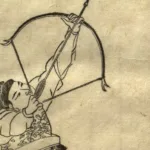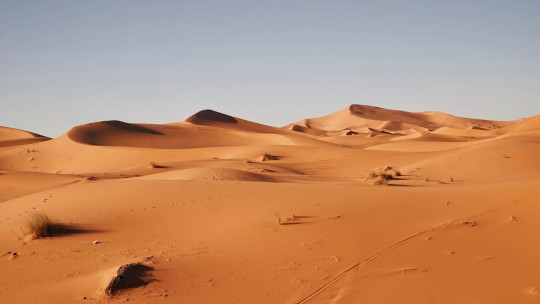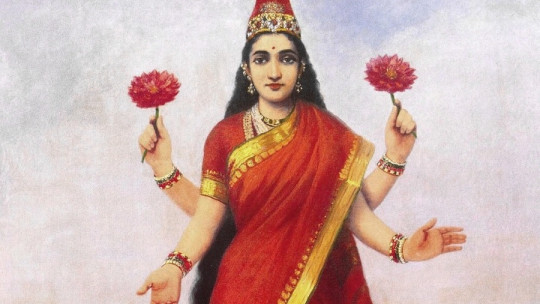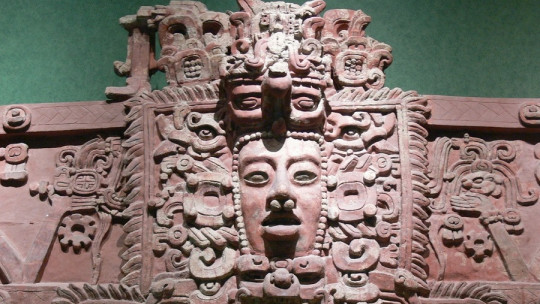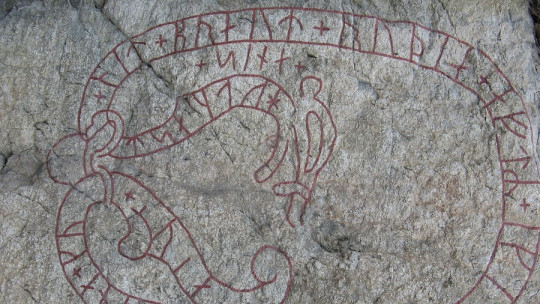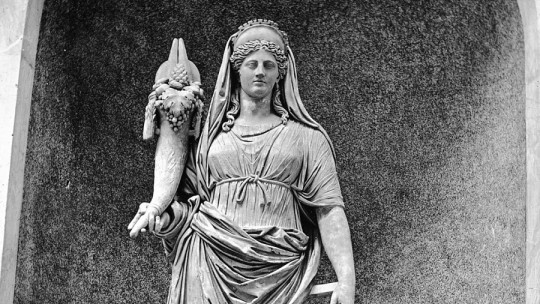
The concept of Dreamtime first appeared in the work Report on the Work of the Horn Scientific Expedition to Central Australia, one of the first works dedicated to Australian Aboriginal mythology. The book, published in 1896, was the work of the anthropologist Baldwin Spencer, who in turn included the idea previously established by his colleague F. Gillen.
But what, exactly, is Australian dreamtime? What does this sleep time inherent to the island’s aboriginal culture consist of? Join us on this interesting journey through one of the oldest living mythologies in the world.
What is dream time in Australian mythology?
Coined by Spencer, in the field of anthropology the term dreamtime refers to the ancestral time of the culture of the Australian aboriginal peoples. This primordial time is much more than a time already past, since, as the specialist in the history of religions Mircea Eliade maintains, it constantly returns in the form of initiation rituals.
Besides, The time of the Australian dream is what governs the rules by which Australian men and women must structure their existence It is, therefore, a kind of sacred authority, comparable in religious importance with the New Testament for Christians or the Vedas for Hinduism.
The Creator and the spirits dream the world
Australia has the oldest living culture in the world, dating back about 50,000 years. However, although all Australian aboriginal peoples have aspects that link them to a common cultural trunk, there are considerable differences between the mythology of these peoples, more than 400 in total.
One of the common elements of Australian Aboriginal cultures is the concept of the creation of the world as a dream Thus, we find Alcheringa or Tjukurpa (the name varies depending on the town in question), the Great Primordial Spirit who dreamed of creation. This dream existed long before life, it continued to exist afterwards and will always continue to exist, since it is a time that passes parallel to the time of the world.
However, although Alcheringa dreamed of the creation, this was not his alone. One of the most beautiful ideas of Australian Aboriginal mythology is that all creatures are involved in the creative process, including humans. Following this, one of the legends says that, after the dream of Alcheringa or Tjukurpa, he passed the secret of the creative dream to Barramundi, the Fish.
However, Barramundi only wanted to dream about the waters, his element. So, to keep creation going, Alcheringa passed on the secret of the Dream to another Spirit, Currikee, the Turtle. This spirit also did not know what to do with the Dream, since it was only capable of dreaming about rocks and warm sun So Alcheringa passed on the secret of the Dream again…
The Australian creative legend continues with several more spirits (Bogai the Lizard, Bunjil the Eagle, Kangaroo the Kangaroo…), until dreaming reaches the human being, the only creature that understands the secret. Since then, Alcheringa has lived retired underground, because he understands that, with man and woman, the creative dream is well protected.
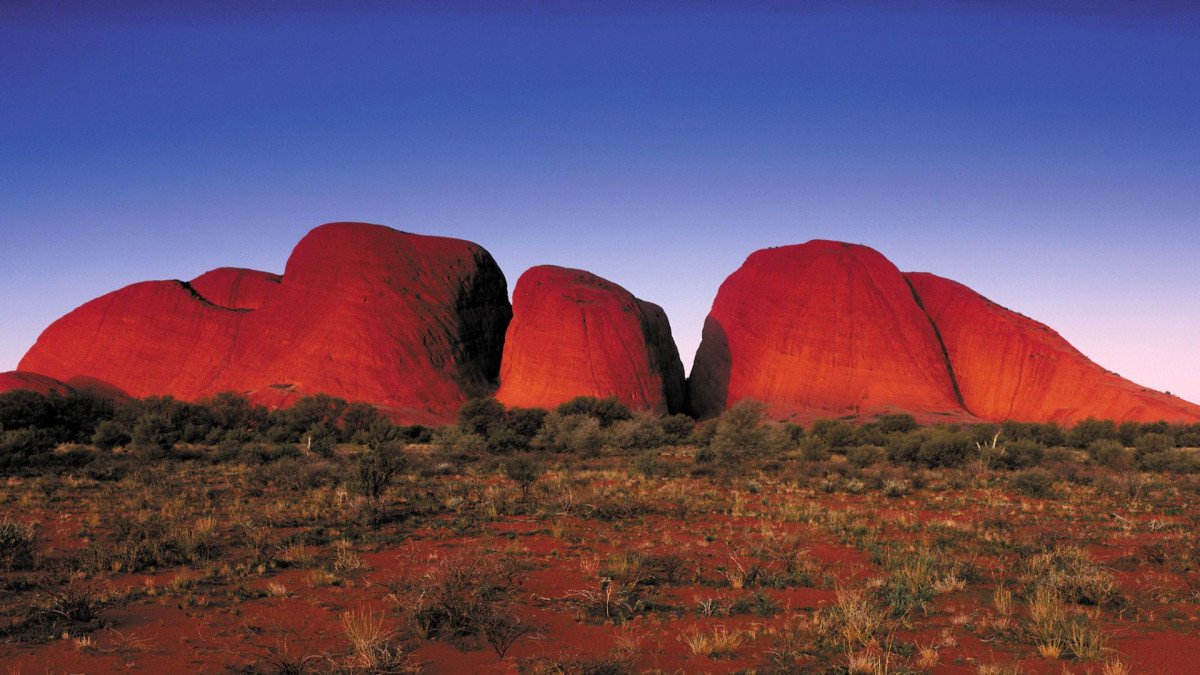
Sacred connection with nature
As the human being is the only one who understands the secret of the Dream, he is in charge of watching over the rest of the creatures Men and women see that all creation is connected to that primordial Dream (the dream time, Spencer’s dreamtime), because their obligation is to respect nature as a sacred entity.
From this derives the enormous respect that Aboriginal cultures have for the world and for all the beings that populate it. If everything created is in direct connection with that Great Spirit and with its sacred Dream, this means that everything on earth has the same value and deserves the same treatment. Australian aboriginal peoples, therefore, live in full connection with the world and nature, a connection that they regularly renew through rituals, which are very important to preserve the idea of belonging to the same network of links.
However, despite being connected to the rest of creation, Aboriginal culture gives the human being a predominant place, since, as the only one capable of understanding the mystery of the Dream, he has the sacred mission of protecting the rest of the creatures. But it is not a role of power, but rather a paternal, caring role, a protective role that emerges from wisdom
The importance of sleep time in Aboriginal culture
The time of sleep or dream season not only has importance on a religious level, but is also the basis of the system of rules and regulations of the aborigines. They distinguish two levels of time: on the one hand, real time, the objective, which marks day-to-day activities; on the other, spiritual time, that which is marked by the time of sleep and that has always existed and never ends.
It is precisely this time of infinite sleep that comes again and again into everyday life through rituals and celebrations, and is also what sets the guidelines of the community, as well as its ethics, beliefs and values. The elders transmit this teaching to the young, and thus perpetuate the connection with the time of sleep, source of all wisdom
Dream time in Aboriginal art
With the arrival of the Western colonizers, a large part of the artistic representations that expressed the essential concepts of the dream time were lost, since the aborigines themselves destroyed them, possibly to protect their religion from the newcomers. Fortunately, some of these paintings have reached us, such as the magnificent examples of Ayers Rock, Uluru in the Aboriginal language of the Pitjantjatjara.
Mount Uluru (which is actually a stone monolith) has been a World Heritage Site since 1987, and on its walls you can see some of the most interesting representations of the time of the Australian dream. But not only in caves and mountains can we find vestiges of this ancient aboriginal art; We also find it in other types of supports, such as tree bark. On the other hand, one of the most frequent motifs is the so-called aerial landscape painting, closely connected to the storytelling of the mythical era of dreams.



